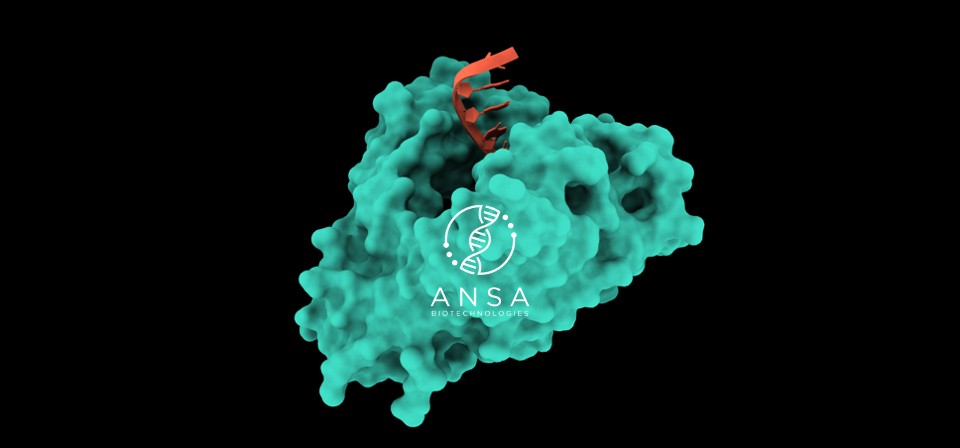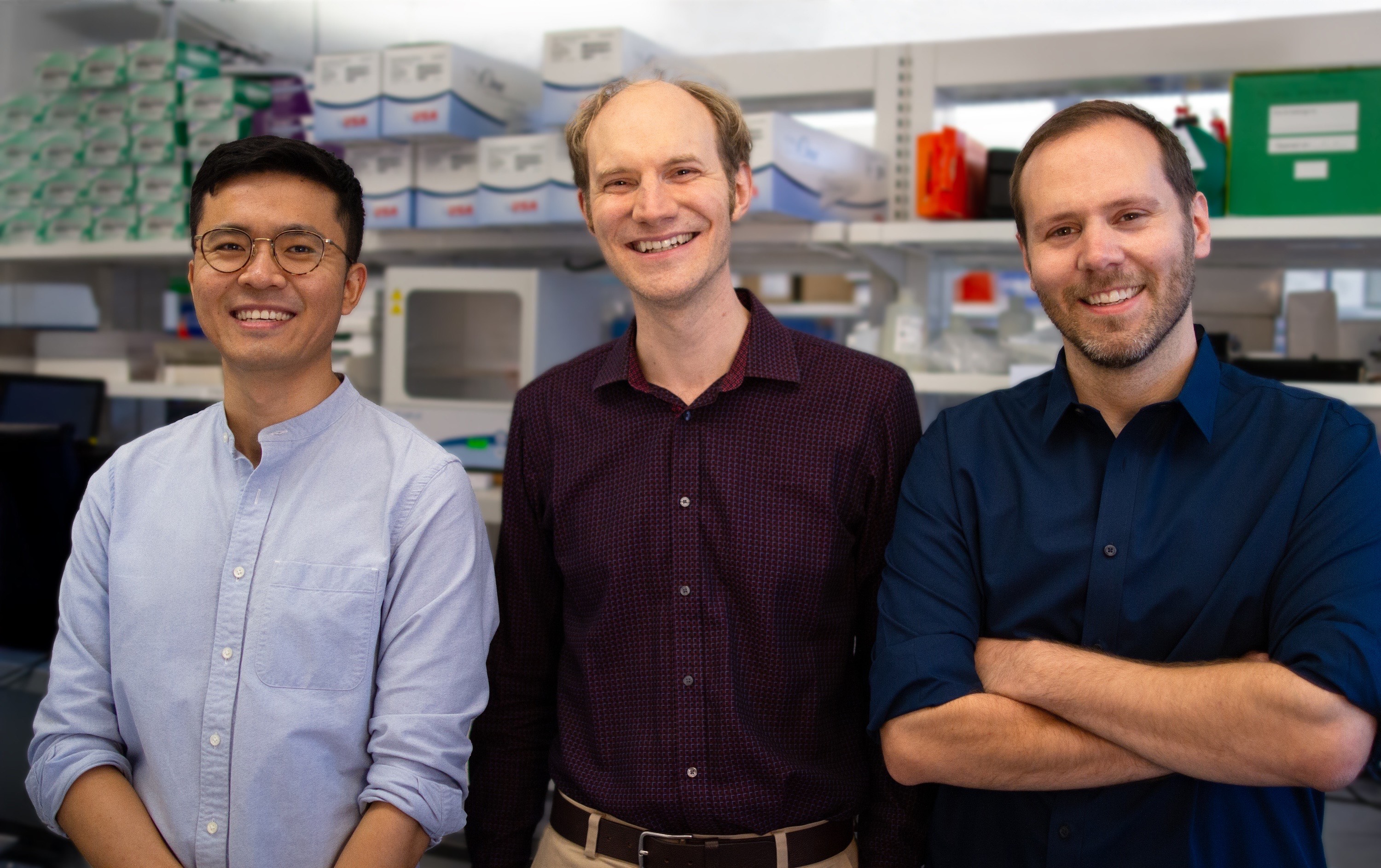Jugaad epitomized: a deep dive into India’s synthetic biology scene
Jugaad epitomized: a deep dive into India’s synthetic biology scene
Google the word “jugaad,” and you’ll find a plethora of results, from simple dictionary definitions to advice that Western companies should adopt it as part of their practices. Jugaad -- a colloquial Hindi, Bengali, and Punjab word -- simply means “hack,” and captures the pervasive Indian spirit of finding a low-cost -- and sometimes quite resourceful -- solution to any problem. If this word doesn’t make one think of entrepreneurship, I don’t know what does.Indeed, the small-scale biotech facilities scattered all across India, offering products with extremely high adoption rates such as microbial-based biofertilizers, capture the essence of jugaad. In India, finding solutions to the problems at hand is very natural, a way of life, essentially -- and any solution, especially an economically sensible one, will be readily adopted. With such a pervasive ideal, India seems like the perfect setting for synthetic biology and biotech-based innovation.
A healthy-looking yet stagnant synthetic biology landscape
Indian companies are developing a range of applications, from biofuels to industrial enzymes. Some of the largest companies in India are hybrid seed producers, and the adoption rate of genetically modified crops was one of the most rapid in India, making it the largest producer of Bt cotton -- a GMO cotton plant that produces bollworm insecticide. Even the largest private company in India -- Reliance Industries Limited -- is adding synthetic biology to its technology portfolio, suggesting that the country’s biggest players recognize synthetic biology applications as technology worth pursuing.The Indian government also recognizes the importance of synthetic biology: two national initiatives -- the National Biofuels Policy and the National Biopharma Mission -- are pushing forward research in biofuels and biopharma. The Department of Biotechnology’s Biotechnology Industry Research Assistance Council (BIRAC), which funds commercialization and translational research, has created 31 incubators all across India. Fostering startups working on CRISPR, enzyme engineering, cell engineering, and microbial engineering, these incubators are helping boot up the commercialization of synthetic biology applications in India. One of BIRAC’s flagship centers, the Center for Cellular and Molecular Platforms (C-CAMP), with its mandate to promote entrepreneurship and innovation, is strategically located in India’s biotech capital, Bangalore.

BIRAC is the major funding organization for startups in India.Yet compare the synthetic biology scene in India to that of other powerhouses such as the U.S. and U.K., it is clear that India is operating in slow motion -- all of the pieces are in place, but the growth just isn’t where it should be. Unfortunately, unlike its neighbors China and Singapore, India is not on track to be the next synthetic biology hotbed.
The recipe for slowed progress: risk aversion, limited resources, and failure to collaborate
Dr. Ravi Ramanathan, a research scientist at the Indian Institute of Technology (IIT) in Madras, hopes this will no longer be true in the next 5-10 years. A protein engineer by training, some of his aspirations include democratizing tools for biotech research and creating a community bio lab in India like those that are so pervasive among the DIY Bio community in the U.S. Ramanathan sees three critical bottlenecks blocking the growth and advancement of synthetic biology in India: unchanneled financial resources and risk-averse VCs, sub-par access to resources, and a mentality that hasn’t yet shifted toward open access collaboration.Despite initiatives like BIRAC, funding remains a bottleneck in India -- not in terms of the availability of cash, but rather how funders choose to distribute their financial resources. The funding ecosystem in India is not like that in the US, where it is ok for companies to fail and start again.“The funding ecosystem that is in place in India is still a very, very risk averse ecosystem,” says Ramanathan. “People here expect faster return on capital, they want short term gains. Risk aversion plus short term gains typically leads away from biotech. Even though there is a lot of academic backing, brain power, and entrepreneurial spirit, a change in the mentality of the funders. I think it’s going to change when see that there are huge commercial values in doing these activities, within a tractable time there’ll be return on capital.”Surprisingly enough, even among well-funded institutions like IIT, where Ramanathan works, access to basic reagents is a significant challenge. “A big problem still, in India, access to reagents, access to all these enzymes,” says Ravi. “If we run out of reagents, there's a lag time of weeks. If I place an order, for many of the reagents the lead time is a month. I can’t come up with an experiment and do it tomorrow, unless I have all those reagents in place. Until that part gets sorted out, we can't unleash the entrepreneurial energies that are latent .”And while researchers in U.S. labs may simply be able to walk down the hall and borrow a reagent from colleagues until their replacement order comes in, collaboration isn’t as pervasive among Indian institutions. As a researcher working on instrumentation for point of care diagnostics, Ramanathan is intimately aware of how crucial collaboration can be: his center is collaborating with several large hospital systems and companies in India to develop early cancer diagnostics and immunoassays.“ is vital for accelerated adoption of synthetic biology, and the labs here need to get more collaborative -- it is not at the degree that we would want, or that should be there,” says Ramanathan. Ramanathan feels that one of the ways researchers will get there is by becoming more familiar with and adopting open access instrumentation and protocols. Researchers in India just aren’t aware that these types of resources exists, and so they don’t yet recognize the value of open access, collaborative approaches, he says. To illustrate his point, he turns to Uber:“It is cultural. Something like Uber is only possible out of the US -- in Europe, nobody would conceive of something like Uber, because the taxi service is phenomenal there. In the US you don't have phenomenal taxi services in most of the cities, and so the US was the bedrock for a company like Uber to be created, because culturally, there is a space for Uber to be created.”
Synthetic biology for the people
When it comes to Indian culture, people tend to have a non-nonsense attitude, and an open mindset to logical solutions to problems. “People are very, very cost conscious in India, so economically sensible ideas from anywhere will be adapted,” says Ramanathan. And in a country like India -- the second most populous nation in the world -- economically sensible ideas that improve the quality of life for Indian people are likely to be readily adopted. This is why the GMO cotton was so readily accepted by the general public, and why technologies like CRISPR are likely to be accepted, too.“If there are real benefits, acceptance levels may be very, very high,” says Ramanathan. India is the capital as it were of two genetic disorders: beta thalassemia and sickle cell anemia, and India has initiatives to find a cure for these diseases with gene editing. “These kind of therapeutic initiatives will be very much appreciated and people will not have issues with editing. If there's a cure for diseases people will be very pro that,” explains Ramanathan. This is also one of the reasons he sees high value is applying synthetic biology techniques for rapid, point of care diagnostics and has dedicated much of his work to that.When he reflects on the capabilities and entrepreneurial spirit of the Indian people, Ramanathan has no doubt that India’s synthetic biology scene will blossom in the coming years. All of the ingredients are there: the brains, the money, the market. It’s just a matter of recognizing the economic and social value of synthetic biology applications -- it’s just a matter of recognizing that synthetic biology is jugaad to the core.



.svg)






.png)



.jpg)

.gif)